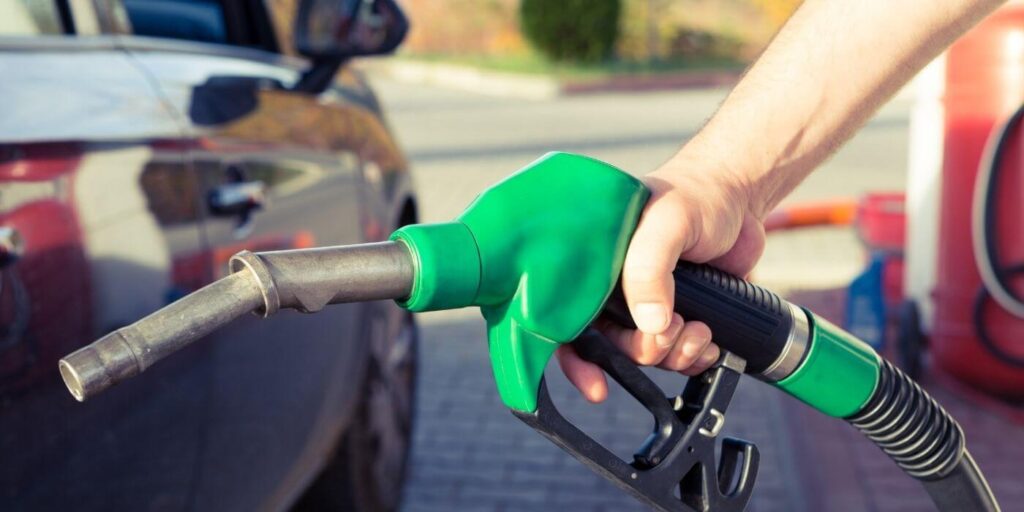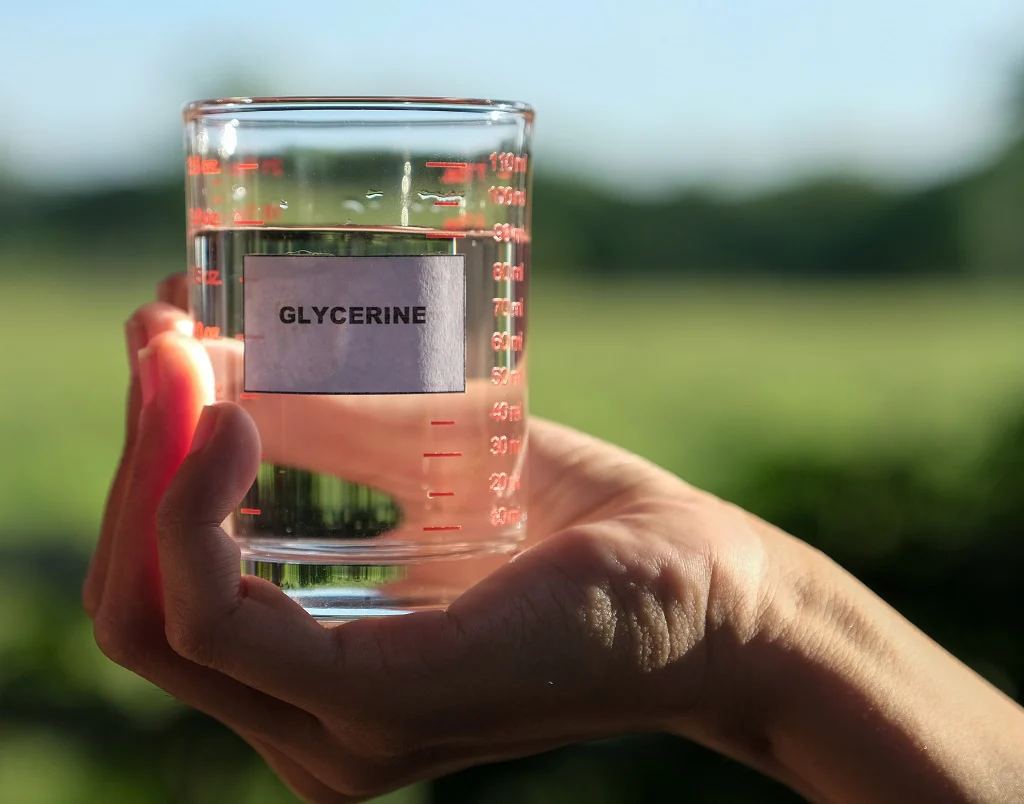Products

BioDiesel
Biodiesel is an alternative form of fossil fuel, and it is also known as a clean energy source. It is a renewable substitute for petroleum and safer to handle.
Biodiesel is produced from used cooking oil, vegetable acid oils, and tallow. The process of converting these oils into biodiesel is known as transesterification. And this biodiesel can be used in engines and vehicles.
Biodiesel can easily be blended with petroleum in all proportion. B100, B50, B20, and B5 are some biodiesel blends.
Note: Here, 100,50, 20, and 5 represent the percentage of biodiesel in blending fuel.
- Biodiesel is not only biodegradable but also a non-toxic fuel.
- Its formation is from renewable resources.
- Biodiesel reduces the need for foreign fuel(ex- Petroleum).
- It can be grown, produced, and distributed locally.
- It improves the fuel economy.
- Biodiesel helps to remove the unwanted particles of air and improve its quality.
- It is used as a cleaner for biofuel refineries.

Bioethanol
Bioethanol is used as a principal alternative for petrol, especially for road transport.
Bioethanol production from renewable resources is getting worldwide attention appreciation as its production is good for the country’s energy security and economy.
Ethanol of ethyl alcohol(C2H5OH) is a biodegradable colorless liquid that is low in toxicity & environmental pollution.
The best way to reduce pollution emission to the highest extent is by blending ethanol with gasoline. Ethanol blends are widely sold in many countries.
The most common blend is 10% ethanol and 90% petrol (E10). This blend is used in road transport. Vehicle engines require no modification to run E10, and also it will not affect the vehicle warranty.
Bioethanol production is mainly done through a sugar fermentation process. But, it can also be manufactured through the chemical process of reacting ethyl with steam.
Note: “The main sources of sugar required to produce ethanol come from fuel or energy crops.
These crops are grown specifically for energy use and include corn, maize, and wheat crops, waste straw, willow and trees, sawdust, reed canary grass, cord grasses, Jerusalem artichoke, miscanthus, and sorghum plants.”
There are numerous advantages of Bioethanol over conventional fuels.
- Bioethanol comes from a renewable resource, i.e., crops.
- It reduces greenhouse gas emissions to a great extent.
- It can be integrated with the existing road transport fuel system.
- Bioethanol can be blended with petroleum without the need for engine modification.

Solar Energy
Solar energy defines the energy obtained from the sun. It is the cheapest and sufficient renewable energy source.
The energy obtained by photons of the sun is known as photovoltaic energy. This energy is then converted into electric energy.
There are so many solar appliances to use this energy in a variety of uses like solar panel, solar towers, solar power plants, solar heaters, and so on. All appliances are for different uses as per the requirement.
The solar power plant is mainly for the conversion of photovoltaic energy into electrical energy. It depends on converting electricity to choose the power plant, whether it is a solar thermal power plant or photovoltaic plant.
Solar power plants are of two types, i.e., photovoltaic plant or solar cells and solar thermal power plant.
A photovoltaic cell or PV cell is made up of silicon alloys. Thus, In between two semiconductors, photons hit the surface of photovoltaic cells.
The function of a semiconductor is to convert the photons into electrons by the photoelectric effect. And the captured electrons are responsible for the electricity.
The solar thermal power plant converts solar energy into heat and electricity. Here the energy is used in the form of steam. Further, that steam is responsible for the processing of turbine and generator.

Glycerin
Glycerin (Glycerol) can be obtained from the process of transesterification of vegetable oil and animal fat. It is the by-product of the biodiesel reaction. Glycerol and biodiesel get separated by traditional, gravitational, and centrifugal methods.
However, with every 100 pounds of biodiesel, 10 pounds of glycerin can be obtained. It means that by increasing the amount of biodiesel, the amount of glycerin also increases.
Since glycerin is a sugar substitute, it is a good source of energy. But it is in crude form and needs refinement for further use.
Refinement of glycerin
- De-aeration
- Distillation
- Bleaching section
De-aeration has two main loops, i.e., re-circulation pump and heat exchanger. The pump works to circulate the crude glycerin into the vessel (de-aeration vessel). Then the glycerol transfers into the distillation column.
The distillation process takes place in various steps. These are
- Vaporization system
- Cleanliness of system
- Purification system
- Scrubbing system
The last process i.e. bleaching does purification. Where activated carbon helps in the removal of color and odour from the glycerin. After this process, the final product cools down and it needs to get stored in the container.
The final pure glycerin can be used in pharmaceutical and technical industrial use.
For the technical grade, glycerin needs to be highly purified just like crystal water. It should not contains methanol, salts, soaps, and any other matter.
While For Pharmaceutical grade, glycerine is the one which is suitable for food, personal use, cosmetics, etc.
Glycerol can also be converted into some valuable products via thermo-chemical methods or Biological methods.
